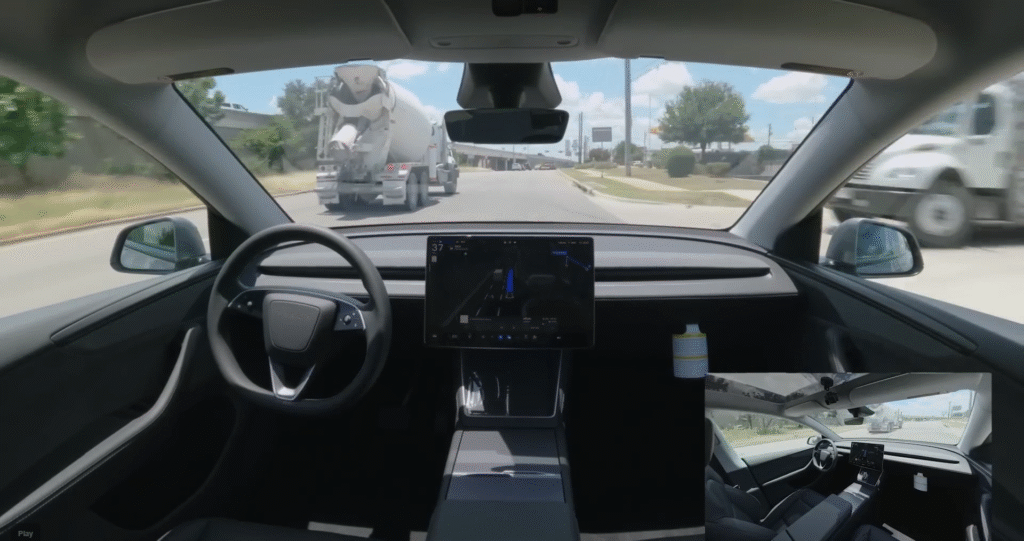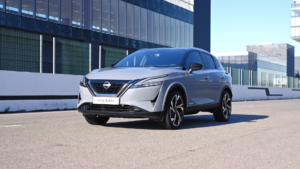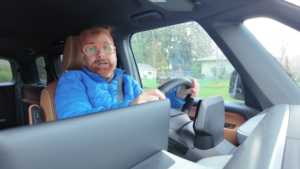Your Car Is Smarter Than You Think: How AI and Sensors Are Quietly Taking the Wheel

Not long ago, cars were judged by horsepower, exhaust notes, and cup holder counts. Today? Try AI-powered sensors, machine learning, and the occasional existential crisis over a plastic bag on the freeway. Yes, your car is smarter than you think, possibly smarter than you. And no, it’s not impressed by your Spotify playlist.
What’s actually inside a modern car’s “sensor suite”?
If you thought your vehicle had a basic backup cam and called it a day, think again. Today’s rides come loaded with radar (for weatherproof vision), lidar (for 3D mapping), ultrasonic sensors (for parking stunts), and thermal cameras that spot wildlife at night basically everything short of x-ray goggles.
Automakers like Tesla, Ford, and GM are kitting out vehicles with tech that would make a Mars rover jealous. And it’s not just for show. These systems can detect pedestrians in fog, recognize stop signs mid-snowstorm, and even tell the difference between a tumbleweed and a toddler. One gets a brake. The other gets… a nudge?
So who’s the brain behind all these “eyes”?
Spoiler alert: it’s not the guy doing 85 mph in the rain while texting. It’s artificial intelligence. Today’s vehicles use AI to interpret sensor data in real time. That means distinguishing between a cyclist and a shadow, or noticing when you’re nodding off at the wheel after latte number three.
Driver monitoring systems yes, they’re watching you use infrared cameras to track eyelid flutter, yawns, and even how passionately you sing to Mariah Carey. It’s your car’s way of saying, “Maybe let someone else take the wheel, champ.”
Does my car really adapt to how I drive?
Yes. And it has opinions.
Machine learning allows your car to subtly adjust throttle response, braking behavior, and steering sensitivity based on your habits. Aggressive drivers get quicker responses. Cautious ones? Smooth sailing. Some insurance companies even use this data to adjust your premiums. So if your car feels like it’s quietly judging you it probably is.
Is predictive maintenance actually useful, or just another gimmick?
It’s real and it might save your road trip. AI systems now monitor thousands of micro-signals from vibration frequencies to fluid viscosity to electrical resistance. They spot problems before your mechanic (or wallet) does. It’s like having a crystal ball under the hood, only less mystical and more practical.
But are we really close to self-driving cars?
Depends on how you define “close.”
Tesla’s Full Self-Driving, Ford’s BlueCruise, and GM’s Super Cruise all offer semi-autonomous features hands-free highway cruising, adaptive cruise control, automated lane changes. But let’s be clear: the driver still needs to be awake, alert, and preferably not watching TikTok.
True autonomy? Still a few rogue squirrels and regulatory nightmares away.
What’s this about cars… talking to each other?
V2X (Vehicle-to-Everything) tech is where things get juicy. Your car can now talk to stoplights, other vehicles, even road signs. Think of it as automotive gossip but with traffic-smashing potential. Imagine fewer red lights, better routing, and convoys of synchronized trucks pirouetting like a diesel ballet.
Off-roading? Does AI do mud too?
Absolutely. Systems like Terrain Response and Selec-Terrain adjust suspension, throttle, and torque distribution for rocks, snow, and sand. The result? A digital co-pilot with the wilderness instincts of Bear Grylls but without the bug-eating.
And this AI it lives in the cloud?
Correct. Today’s cars get over-the-air updates like smartphones. New features, bug fixes, even performance upgrades happen while you sleep. It’s like your car sneaks off to night school and wakes up smarter. No dealer visit, no drama.
But what’s the catch?
All that data has to go somewhere and insurance companies are taking notes. Drive smoothly and your premiums might drop. Drive like it’s Mario Kart, and, well, your rates may reflect your banana-peel energy. AI is now your co-driver, your mechanic, your therapist… and your snitch.
So are we at the dawn of the driverless era?
Not quite. But we’re circling it with increasing confidence and a slightly raised eyebrow. The tech is evolving at breakneck speed, even if regulators, road conditions, and human unpredictability still pose challenges.
What we’re driving now is a new relationship between man and machine. A digital co-pilot that sees more than we do, remembers everything, and occasionally questions our life choices.
Just remember: you’re not driving a car. You’re commanding a highly alert, occasionally sarcastic robot chariot that quietly plans your route and your personality profile.
I hope you enjoyed this article. Stay in the driver’s seat with more automotive insights! Follow @NikJMiles and @TestMiles on social media for the latest news, reviews, and behind-the-scenes exclusives. Don’t miss out, join the conversation today!







